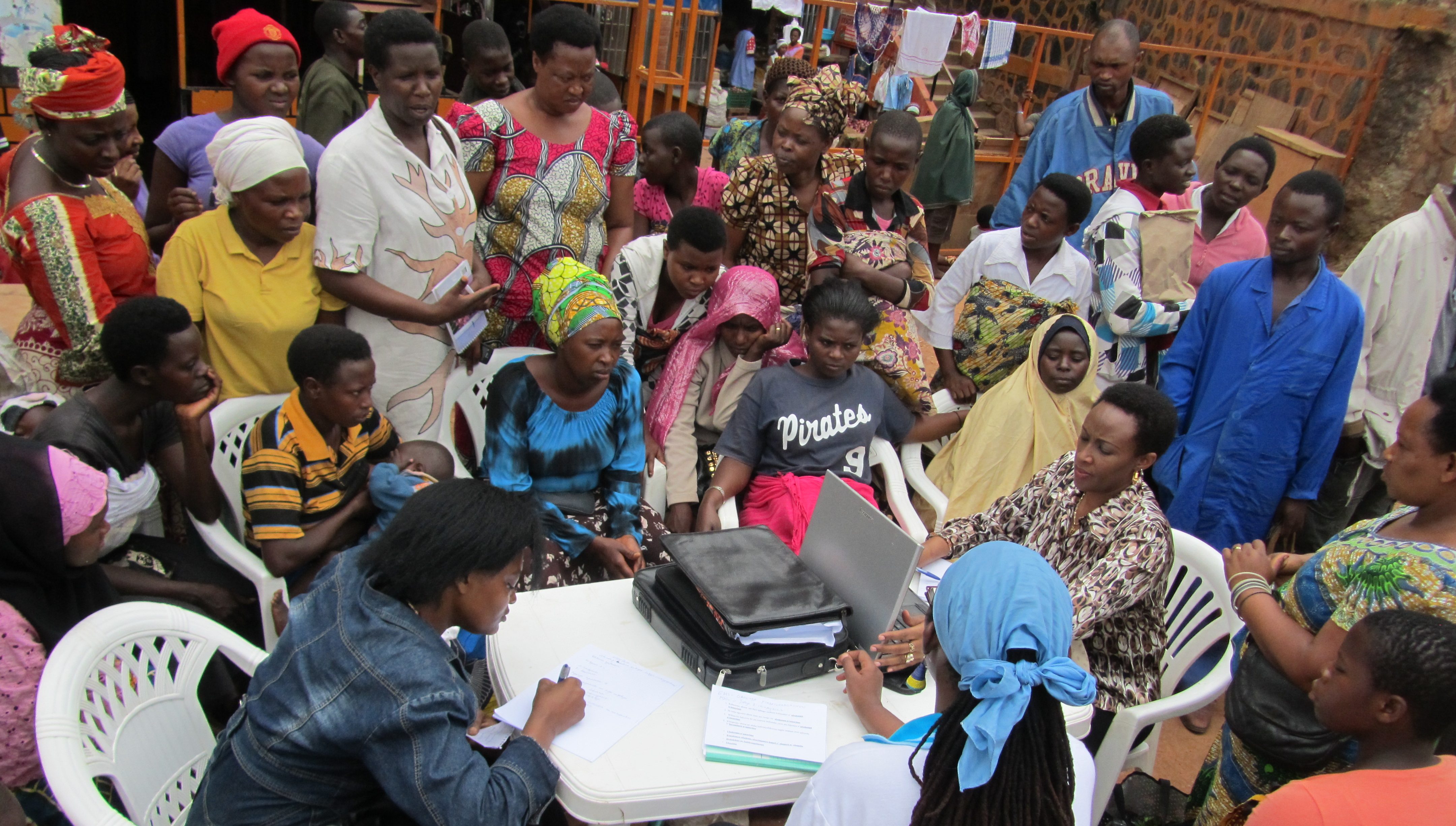In a study on conducted over several years, the HLW participants felt a greater sense of trust which inspired a willingness to help others, leading members to experience a positive sense of self and belonging to their community. Members were authorized to share emotions that previously had no outlet, dispel assumptions, and reinforce areas of commonality between members. Stereotypes that previously isolated victims, perpetrators, bystanders, and still others were dismantled. Four years after the original intervention, participants still felt the enduring sense of cohesion and continued progress in healing. Members who were part of the original intervention went on to establish an annual community reconciliation event in an effort to share what they’ve learned with a greater audience.
While the trauma and injustices endured cannot be undone, how these members choose to pass on their lived experience will set the tempo for how future generations will inherit and live out that legacy. Organizations and sponsors that deploy changemakers into these international settings should take extra precaution to notice the Western origins of their training and thinking styles. While interventions like HLW design a roadmap to peace that requires more resources, the impact of the resulting strategy has a greater chance of sustainability as it is rooted in cultural values that resonate best within that context. Creating an alignment between international aid agencies, local community governance, and private sector organizations towards long-term investments in locally-oriented, community-centered interventions like HLW will enable those at the heart of the matter to make empowered decisions about how they will choose to heal and rebuild.
Reference: King, R.U. (2019). The True Healing is Healing Together: Healing and Rebuilding Social Relations in Postgenocide Rwanda. Peace and Conflict: Journal of Peace Psychology, 25(1), 49-60. http://dx.doi.org/10.1037/pac0000357
Photo by United Nations Development Programme licensed under a Creative Commons Attribution-Share Alike 3.0 Unported license.
